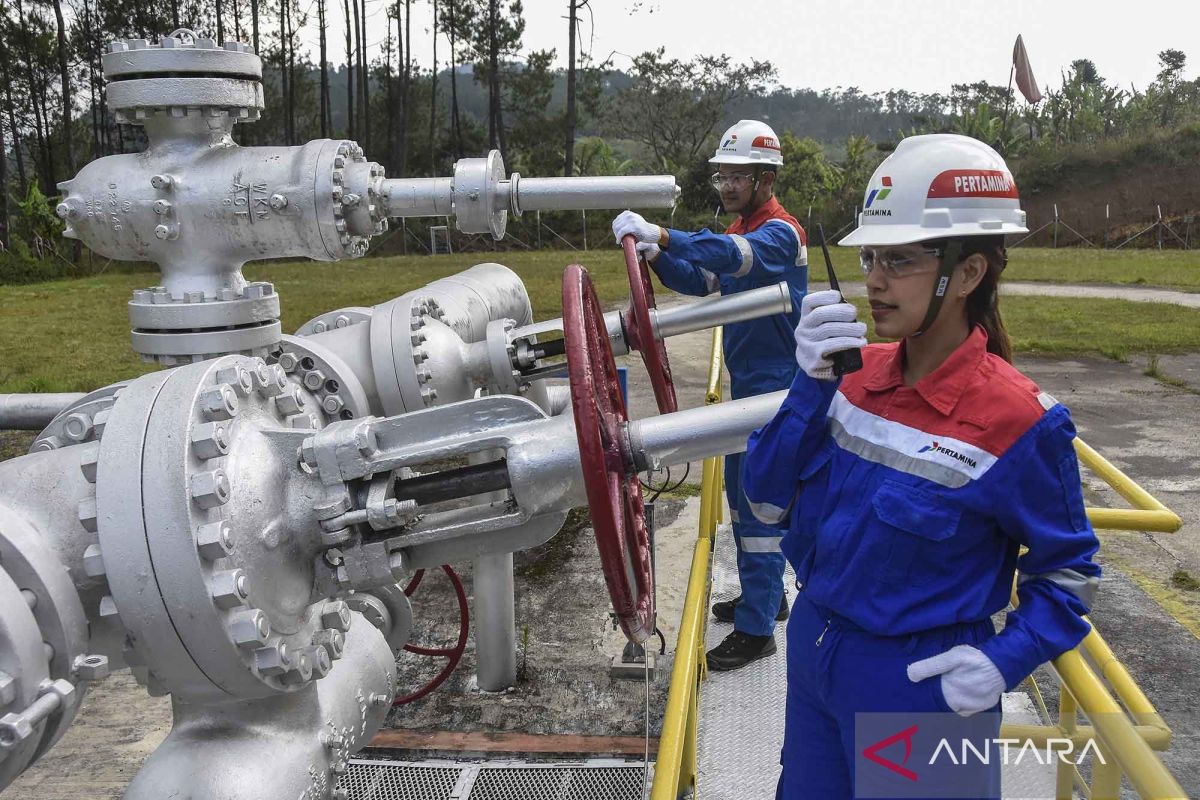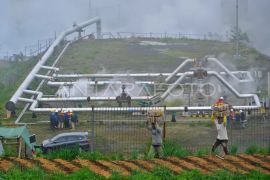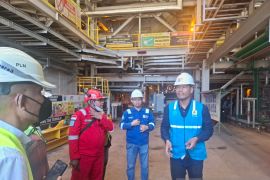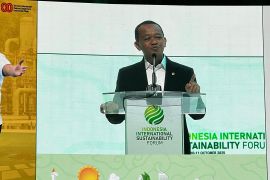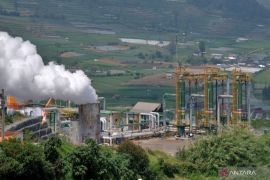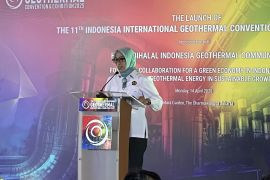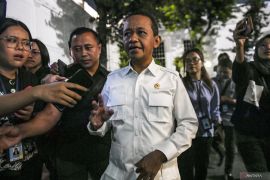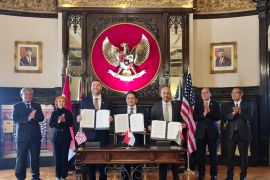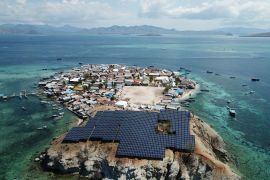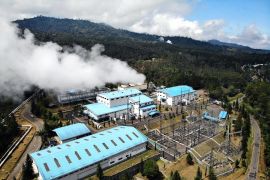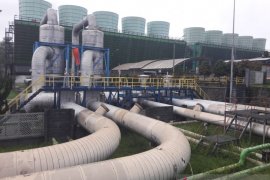Indonesia, home to some of the world’s largest geothermal reserves, is embarking on an ambitious journey to harness its natural potential for sustainable and green energy.
Steam, once seen as a threat, has now become a breath of fresh air for Indonesia’s energy sector. From the slopes of Mount Salak in West Java to South Solok District in West Sumatra, geothermal energy is being converted into electricity.
According to data from the Ministry of Energy and Mineral Resources (ESDM), Indonesia’s geothermal potential reaches 23,742 megawatts (MW).
As of September 2025, the country’s installed capacity is expected to reach 2,744 MW, making Indonesia the world’s second-largest producer of geothermal electricity after the United States, which has 3,937 MW.
Indonesia’s geothermal potential is distributed across 362 locations from west to east of the archipelago.
Building on these figures, the government envisions positioning Indonesia as a global leader in renewable energy, targeting a 23 percent share of green energy in the national mix by 2025 and achieving net-zero emissions by 2060 or earlier.
PLN’s Director of Project Management and New and Renewable Energy, Suroso Isnandar, stated that Indonesia’s geothermal potential is vast and widespread, emphasizing the company’s commitment to ensuring that each project benefits both local communities and PLN customers nationwide.
Acceleration
The government under President Prabowo Subianto has made 2025 a year of acceleration for Indonesia’s geothermal development.
Five major geothermal power plant (PLTP) projects are being developed simultaneously, with a total additional capacity of 260 megawatts (MW), investments worth billions of dollars, and targeted operation within the next five years.
These projects are located in several volcanic regions, including the Patuha Geothermal Power Plant Unit 2 in Bandung District, West Java, with a capacity of 55 MW, an investment of US$211 million, and a target operation date of June 2027.
The Salak Geothermal Power Plant Unit 7 in West Java, with a capacity of 40 MW and an investment of US$153 million, is scheduled to begin operation in December 2026.
The Wayang Windu Geothermal Power Plant Unit 3 in Bandung District, with a capacity of 30 MW and an investment of US$120 million, is also expected to start operating in December 2026.
The Muaralaboh Geothermal Power Plant Unit 2 in South Solok District, West Sumatra, with a capacity of 80 MW and an investment of US$417 million, is targeted to begin operation in April 2027.
Meanwhile, the Ulubelu Gunung Tiga Geothermal Power Plant in Tanggamus District, Lampung, with a capacity of 55 MW and an investment of US$36 million, is scheduled to commence operation in December 2029.
All these projects are part of the 2025–2034 Electricity Supply Business Plan (RUPTL), which aims to achieve a national geothermal capacity of 5.2 gigawatts (GW).
This initiative represents more than an engineering effort - it reflects the nation’s commitment to a sustainable future.
At the same time, advancing renewable energy requires not only physical infrastructure but also significant regulatory reforms to ensure faster and more effective implementation.
Energy and Mineral Resources (ESDM) Minister Bahlil Lahadalia said the government has streamlined several bureaucratic processes that previously hindered geothermal investment.
Through the Genesis digital platform, launched in 2024, the auction process for geothermal working areas (WKP) is now conducted online, transparently, and efficiently.
Complex regulations have been simplified to prevent investors from facing permit-related obstacles as the country advances toward a clean energy future.
The government has also prepared 62 new WKPs, 12 preliminary survey assignment areas, and 16 active geothermal permits, 14 of which have been granted to state-owned enterprises.
Beyond regulations, the government is also strengthening energy infrastructure.
Under the 2025–2034 Electricity Supply Business Plan (RUPTL), the government plans to build 48,000 kilometers of electricity transmission lines to connect renewable energy sources to the national grid.
This initiative aims to link energy-producing regions with consumption centers while expanding electricity access to remote areas that previously relied on oil-fueled generators.
Environmentally friendly
The advantages of geothermal energy lie not only in its abundant resources but also in its environmental benefits.
This means that every kilowatt of electricity generated from the Earth produces significantly fewer greenhouse gases in the atmosphere.
Furthermore, geothermal power plant development is carried out with strong consideration for forest conservation and groundwater quality. Unlike fossil fuel power plants, geothermal projects tend not to drastically alter the landscape.
Geothermal energy also provides tangible benefits beyond statistics. In South Solok District, the Muaralaboh Unit 2 Geothermal Power Plant project is expected to employ around 1,500 workers, engage local businesses, and supply electricity to approximately 435,000 households.
President Prabowo, during the inauguration of the renewable energy project’s operation and development in June 2025, emphasized that it demonstrates the nation's capability to achieve energy self-sufficiency while moving toward zero carbon emissions.
Communities around the project area also benefit from new infrastructure, such as roads that improve access to education, healthcare, and markets.
For residents - such as farmers living near the mountains - green energy is not an abstract concept. It means having lights at night and cleaner air to breathe.
As a nation located along the Pacific “Ring of Fire,” Indonesia is building a sustainable future where energy no longer depends on fossil fuels but harnesses the natural power beneath its land.
Energy from the Earth’s core not only lights homes but also sparks hope - that beneath once-feared volcanoes lies a green, self-reliant, and sustainable future for Indonesia.
Related news: Geoscience is key to safer geothermal exploration, expert says
Related news: Regulatory reform ensures certainty for geothermal firms: Minister
Editor: Primayanti
Copyright © ANTARA 2025
